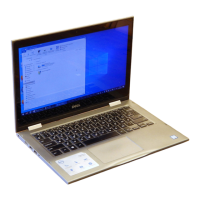Table 7. System setup options—Storage menu (continued)
Storage
SATA/NVMe Operation Configures operating mode of the integrated storage device controller.
Default: RAID On. Storage device is configured to support RAID functions.
When enabled, all NVMe and SATA devices will be mapped under VMD
controller. Windows RST (Intel Rapid Restore Technology) driver, or Linux
kernel VMD driver must be loaded in order to boot the OS.
Storage Interface
Port Enablement Enables or disables the onboard drives.
Default: ON
Smart Reporting
Enable Smart Reporting Enables BIOS to receive analytical information from integrated drives and send
notifications during startup about possible future failure of the hard drive.
Default: OFF
Drive Information Displays the information of various onboard drives.
Table 8. System setup options—Display menu
Display
Display Brightness
Brightness on battery power Sets the screen brightness when the computer is running on battery power.
Default: 40
Brightness on AC power Sets the screen brightness when the computer is running on AC power.
Default: 40
Full Screen Logo Enables or disables display of full screen logo if the image matches screen
resolution.
Default: OFF
Table 9. System setup options—Connection menu
Connection
Wireless Device Enable
WLAN Enables or disables internal WLAN device.
Default: Selected
Bluetooth® Enables or disables internal Bluetooth device.
Default: Selected
Enable UEFI Network Stack Enables or disables the UEFI Network Stack.
Default: Selective Enabled
Dynamic Wireless Transmit Power Enables or disables increase of transmit power of WLAN device.
Default: Selected
HTTP(s) Boot Feature
HTTP(s) Boot Enables or disables HTTP(s) boot.
Default: ON
HTTP(s) Boot Modes Enables selection of Auto or Manual boot mode.
Default: Auto Mode
System setup 61

